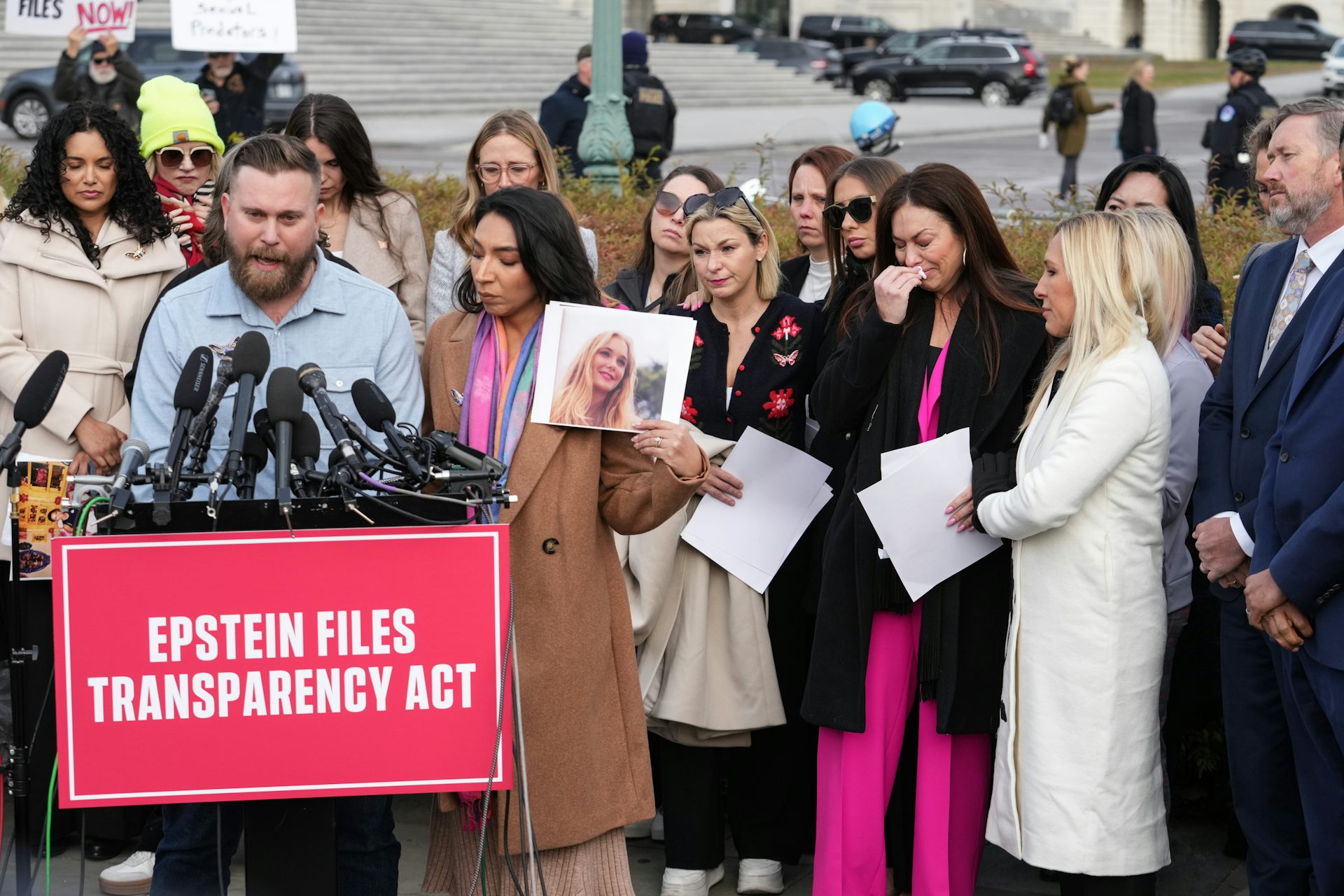Detroit’s next mayor can do these 3 things to support neighborhoods beyond downtown
Building a stronger Detroit means stabilizing housing, using vacant land to benefit the public and investing in social infrastructure.
Detroit stands at a pivotal moment.
Mayor Mike Duggan is preparing to leave office after 11 years at the end of 2025. The city’s next leader will inherit not only a revitalizing downtown but also neighborhoods like Belmont, Petosky-Otsego and Van Steuban that are grappling with housing instability and decades of neglect and disinvestment.
My research on housing insecurity, homelessness and urban governance, along with broader scholarship on equitable development, suggests that Detroit’s future depends on more than marquee developments like the Michigan Central Station Development. It depends on strengthening neighborhoods from the ground up.
Here are three strategies that could help Detroit’s next mayor build a just and resilient city by focusing on transitional neighborhoods:
Stabilize housing and prevent displacement
Stable housing is the foundation of thriving communities.
Yet, housing instability in Detroit is both widespread and deeply entrenched. Before the pandemic, roughly 13% of Detroiters, or about 88,000 people, had been evicted or forced to move within the previous year. Families with children faced the highest risk.
Many Detroiters had little choice but to remain in deteriorating housing, crowd into shared living arrangements or relocate elsewhere because of an estimated shortfall of 24,000 habitable housing units.
While building more housing is essential, preventing displacement requires more than new construction. It also demands policies that preserve affordability and protect tenants. Researchers have found that household stabilization policies, such as legal representation in eviction court, rent control and property tax relief, have the most immediate impact.
In Detroit, addressing the wave of expiring Low-Income Housing Tax Credit, or LIHTC, units remains an urgent priority. When units reach the end of their compliance period in this federal program, typically 15 years, owners are no longer required to maintain affordable rents and can raise prices. This “conversion to market rate” often results in the loss of affordable housing for low-income residents.
In response to a projected loss of 10,000 units by 2023, Detroit launched the Preservation Partnership that secured affordability commitments for about 4,000 units. However, it remains difficult to determine exactly how many of the at-risk units were ultimately lost, and when, due to reporting lags, inconsistencies and overlapping affordability programs.
Despite the city’s efforts, a 2023 analysis found that a substantial affordability gap persists, with many households unable to comfortably afford market-rate housing without spending more than 30% of their income, which is the standard set by the Department of Housing and Urban Development for affordability.
The Michigan State Housing Development Authority continues to support affordable housing through tax credit allocations. However, a growing number of LIHTC properties in areas experiencing redevelopment are reaching the end of their affordability periods, putting them at risk of converting to market rate. National estimates suggest that nearly 350,000 units could lose affordability by 2030 and over 1 million by 2040 without sustained local and regional preservation efforts.
Stabilizing Detroit’s housing market means ensuring that those who stayed during the hardest times are not pushed out as reinvestment takes hold. To achieve this, the next mayor could expand rental assistance and support tenant organizing efforts. This is particularly needed in transitional neighborhoods where renters come together to fight unfair evictions, improve housing conditions and push for more stable rents.
Reclaim and reimagine vacant land for community benefit
Many view Detroit’s vast tracks of vacant land, estimated in the hundreds of thousands of parcels, as blight. But they could also be seen as a public asset and a generational opportunity if brought together with the right public strategies.
Land trusts can turn empty lots into valuable neighborhood spaces. A land trust is a nonprofit that holds land for the community and keeps housing affordable over the long term, a key to preventing displacement.
Research also shows that greening strategies can improve community health, cohesion and equity. Cities like Philadelphia and Cleveland have launched urban greening initiatives that transform vacant lots into community gardens, small parks and tree-filled spaces. Research shows that these projects can help stabilize property values and strengthen neighborhoods by reducing blight, encouraging investment and creating safer, more attractive environments.
Detroit has a land bank, a public agency that manages vacant and foreclosed properties. The city has also invested in some green infrastructure. But experts say that these efforts require stronger city leadership, teamwork across departments and real input from residents. These are areas where Detroit still has room to grow.
By collaborating with residents to cocreate a land use vision, the next mayor could prioritize community ownership and ecological restoration instead of speculative redevelopment.
Invest in social infrastructure
Neighborhood strength is about more than buildings — it’s about people.
As the Brookings Institution notes, economic opportunity is key to long-term safety, and investing in youth is a proven violence reduction strategy.
Detroit’s neighborhoods have long faced a lack of investment in schools, recreation centers and social services. This leaves families vulnerable and fuels cycles of poverty and criminalization. Under these conditions, young people, especially Black and brown youth, are more likely to be policed, punished and pushed into the criminal justice system.
A 2021 study found that the Detroit Public Schools Community District reported 2% of its students experienced homelessness, despite 16% of households with children reporting recent eviction or forced moves. This gap reveals major service and awareness gaps. And when families fall through those gaps, it’s often children who suffer the most.
Addressing these gaps requires investing in mental health services, youth development programs and violence prevention, rather than relying solely on policing or incarceration. These approaches recognize that true public safety comes from access to stable jobs, quality education and supportive services that meet people’s health, housing and social needs. Some of the most effective strategies include restorative justice in schools and outreach to older adults and residents experiencing homelessness.
These are not luxuries. They are essential infrastructure for neighborhood vitality.
The work ahead
Detroit is often held up as a cautionary tale of urban decline, or more recently, as a comeback story driven by downtown revitalization. But in my opinion, its true test lies in what comes next: whether the city can translate momentum into equity for the communities that have long been left behind.
The next mayor has the chance to shift the narrative by centering housing justice, reclaiming land for public good and investing in the people who make Detroit a city worth fighting for.
Read more of our stories about Detroit.
Deyanira Nevárez Martínez is a trustee of the Lansing School District Board of Education and is currently a candidate for the Lansing City Council Ward 2.
Read These Next
West Antarctica’s history of rapid melting foretells sudden shifts in continent’s ‘catastrophic’ geo
A picture of what West Antarctica looked like when its ice sheet melted in the past can offer insight…
From truce in the trenches to cocktails at the consulate: How Christmas diplomacy seeks to exploit s
World leaders like to talk up peace at Christmastime. But alongside the tales of seasonal breaks in…
As DOJ begins to release Epstein files, his many victims deserve more attention than the powerful me
Powerful men connected to Jeffrey Epstein are named, dissected and speculated about. The survivors,…






